Can I Use Rechargeable Batteries In Wildlife Cameras ?
Yes, rechargeable batteries can be used in wildlife cameras.
1、 Compatibility of Rechargeable Batteries with Wildlife Cameras
Yes, you can use rechargeable batteries in wildlife cameras. In fact, using rechargeable batteries can be a more cost-effective and environmentally friendly option compared to disposable batteries.
Rechargeable batteries are compatible with most wildlife cameras available on the market today. These cameras typically require AA or AAA batteries, which are readily available in rechargeable options. It is important to ensure that the rechargeable batteries you choose have the appropriate voltage and capacity to power your wildlife camera effectively.
One advantage of using rechargeable batteries is that they can be reused multiple times, reducing the need for frequent battery replacements. This can be particularly beneficial in remote or hard-to-reach locations where accessing the camera for battery changes may be challenging. Additionally, rechargeable batteries tend to have a longer lifespan compared to disposable batteries, which can save you money in the long run.
However, it is important to note that rechargeable batteries may have a slightly lower voltage compared to disposable batteries. This can result in a shorter overall battery life and potentially affect the performance of the wildlife camera. To mitigate this, it is recommended to invest in high-quality rechargeable batteries with a higher capacity to ensure optimal performance.
In recent years, advancements in rechargeable battery technology have led to the development of more efficient and long-lasting options. Some rechargeable batteries now offer improved performance and longer battery life, making them even more suitable for wildlife camera use.
In conclusion, using rechargeable batteries in wildlife cameras is a viable option. It offers cost savings, environmental benefits, and convenience, especially in remote locations. However, it is important to choose high-quality rechargeable batteries with the appropriate voltage and capacity to ensure optimal performance.
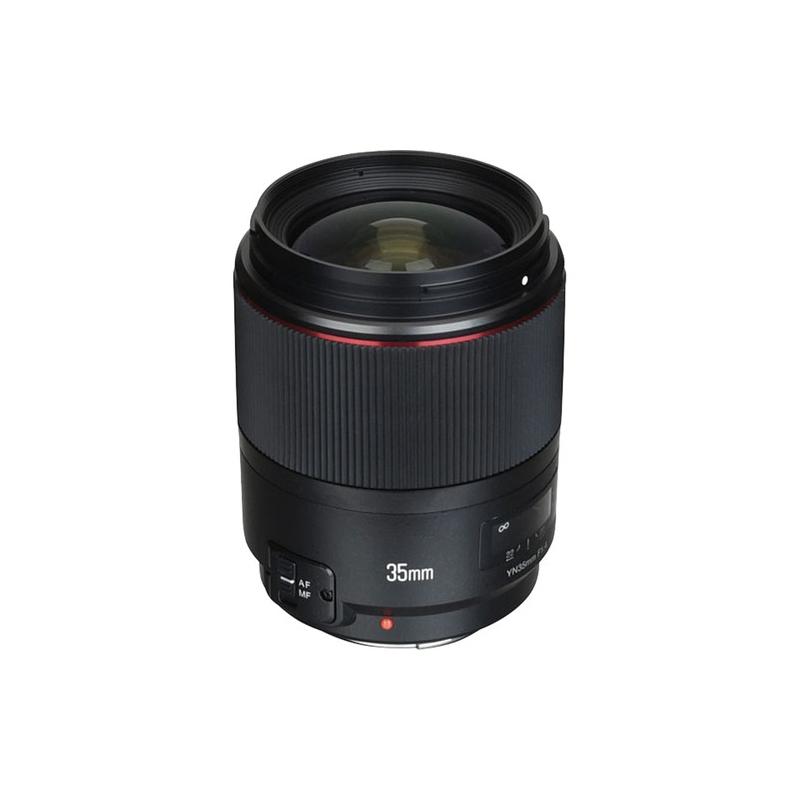
2、 Advantages of Using Rechargeable Batteries in Wildlife Cameras
Advantages of Using Rechargeable Batteries in Wildlife Cameras
Yes, you can definitely use rechargeable batteries in wildlife cameras, and there are several advantages to doing so.
Firstly, using rechargeable batteries is more cost-effective in the long run. While the initial investment may be higher compared to disposable batteries, rechargeable batteries can be used multiple times, reducing the need for frequent replacements. This not only saves money but also reduces waste, making them a more environmentally friendly option.
Secondly, rechargeable batteries provide a more reliable power source. In wildlife photography, it is crucial to have a consistent power supply to ensure uninterrupted monitoring and capture of wildlife activities. Rechargeable batteries tend to have a higher capacity and longer lifespan than disposable batteries, providing a more reliable and consistent power source for extended periods.
Additionally, rechargeable batteries are more convenient to use. They can be easily recharged using a charger, eliminating the need to constantly purchase and carry around disposable batteries. This is particularly advantageous in remote or inaccessible locations where it may be challenging to find or dispose of disposable batteries.
Furthermore, the latest advancements in rechargeable battery technology have made them even more efficient and long-lasting. Lithium-ion rechargeable batteries, for example, have a higher energy density, allowing them to store more power and last longer between charges. This is especially beneficial for wildlife cameras that may be placed in remote areas with limited access to power sources.
In conclusion, using rechargeable batteries in wildlife cameras offers several advantages, including cost-effectiveness, reliability, convenience, and the latest advancements in battery technology. By opting for rechargeable batteries, wildlife photographers can ensure a consistent power supply, reduce waste, and capture stunning wildlife moments without interruption.
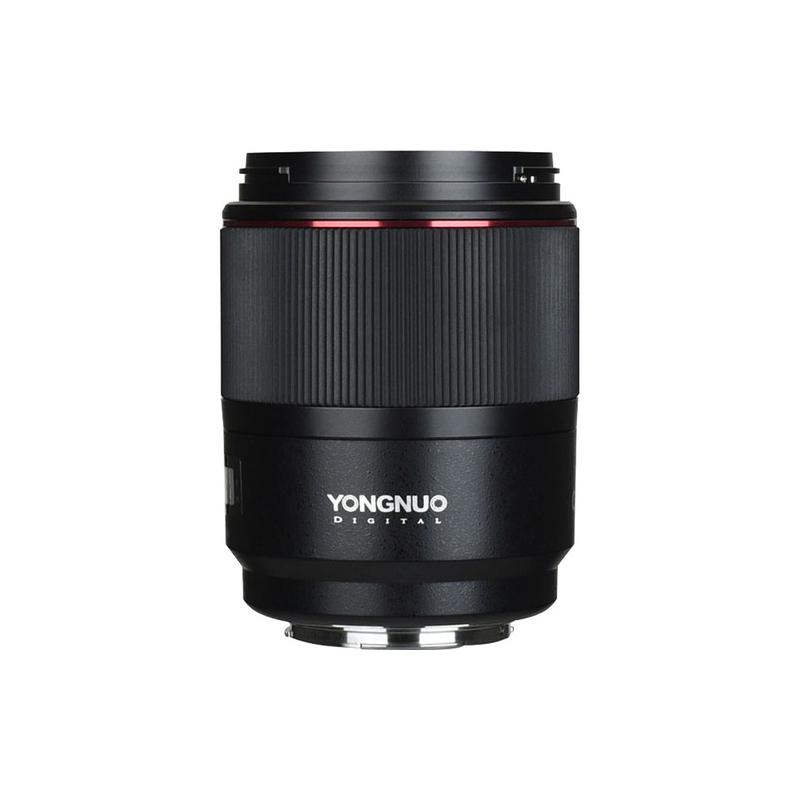
3、 Considerations for Using Rechargeable Batteries in Wildlife Cameras
Considerations for Using Rechargeable Batteries in Wildlife Cameras
Yes, you can use rechargeable batteries in wildlife cameras. In fact, many wildlife camera manufacturers now recommend using rechargeable batteries as they offer several advantages over traditional disposable batteries. However, there are a few considerations to keep in mind when using rechargeable batteries in wildlife cameras.
1. Battery Life: Rechargeable batteries typically have a lower capacity compared to disposable batteries. This means that they may not last as long in the field before needing to be recharged. It is important to choose high-quality rechargeable batteries with a high capacity to ensure longer camera operation.
2. Charging Options: Wildlife cameras are often placed in remote locations, making it challenging to recharge the batteries. It is essential to have a reliable and convenient charging solution in place. Some wildlife cameras come with built-in solar panels or external battery packs that can be used to recharge the batteries in the field.
3. Temperature Considerations: Rechargeable batteries can be sensitive to extreme temperatures. In cold weather, the battery performance may decrease, leading to shorter camera operation. It is advisable to keep spare batteries in a warm place and swap them out as needed.
4. Environmental Impact: Using rechargeable batteries is more environmentally friendly than disposable batteries, as they can be reused multiple times. This helps reduce waste and minimize the ecological footprint of wildlife camera deployments.
5. Latest Point of View: The latest point of view on using rechargeable batteries in wildlife cameras is generally positive. With advancements in battery technology, rechargeable batteries have become more reliable and efficient. Many wildlife camera users have successfully switched to rechargeable batteries and have reported satisfactory performance.
In conclusion, using rechargeable batteries in wildlife cameras is a viable option. However, it is important to consider factors such as battery life, charging options, temperature sensitivity, and the environmental impact. By choosing high-quality rechargeable batteries and implementing appropriate charging solutions, wildlife camera users can enjoy the benefits of longer-lasting and more sustainable power sources.
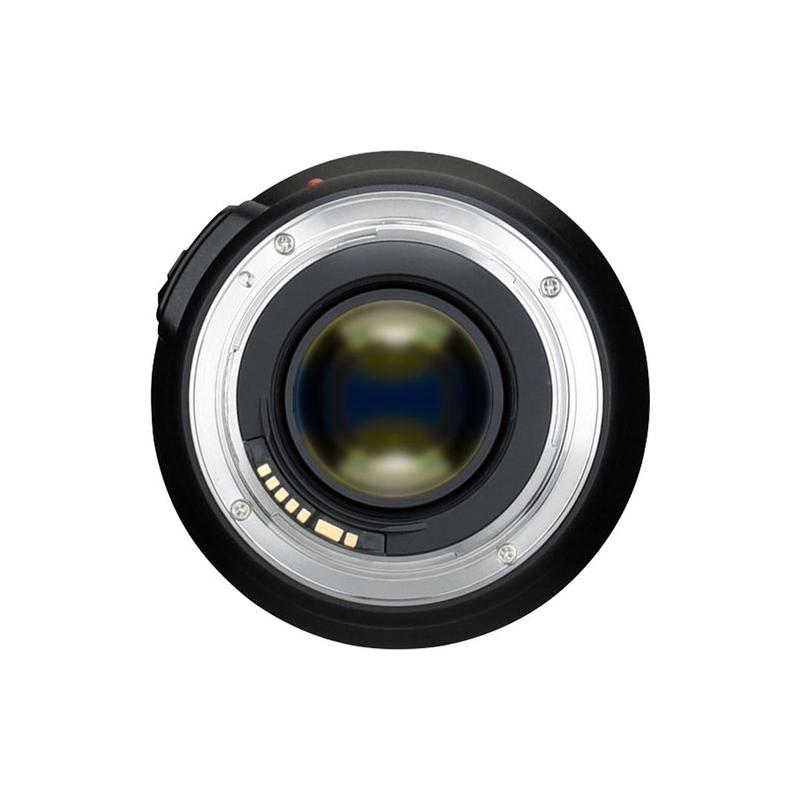
4、 Impact of Rechargeable Batteries on Wildlife Camera Performance
Yes, you can use rechargeable batteries in wildlife cameras. Rechargeable batteries have become increasingly popular in recent years due to their environmental benefits and cost-effectiveness. They offer a sustainable alternative to disposable batteries, reducing waste and minimizing the impact on the environment.
When it comes to wildlife cameras, using rechargeable batteries can have several advantages. Firstly, they can provide a longer operating time compared to disposable batteries. This is particularly beneficial in remote areas where it may be challenging to access and replace batteries frequently. Rechargeable batteries can be recharged and reused multiple times, ensuring a continuous power supply for extended periods.
Furthermore, rechargeable batteries can be more cost-effective in the long run. While they may have a higher upfront cost, the ability to recharge and reuse them eliminates the need for frequent battery replacements. This can result in significant cost savings over time, especially for long-term wildlife monitoring projects.
However, it is important to consider the specific requirements of your wildlife camera before using rechargeable batteries. Some cameras may have specific voltage or power requirements that may not be compatible with all types of rechargeable batteries. It is essential to check the camera's specifications and consult the manufacturer's recommendations to ensure compatibility.
Additionally, it is worth noting that the performance of rechargeable batteries can vary depending on factors such as temperature and usage patterns. In colder temperatures, rechargeable batteries may experience reduced performance compared to disposable batteries. However, advancements in rechargeable battery technology have addressed some of these issues, and newer models are designed to perform well in a wide range of conditions.
In conclusion, using rechargeable batteries in wildlife cameras can be a practical and environmentally friendly choice. They offer longer operating times, cost savings, and reduced waste. However, it is crucial to consider the specific requirements of your camera and choose rechargeable batteries that are compatible with its specifications.
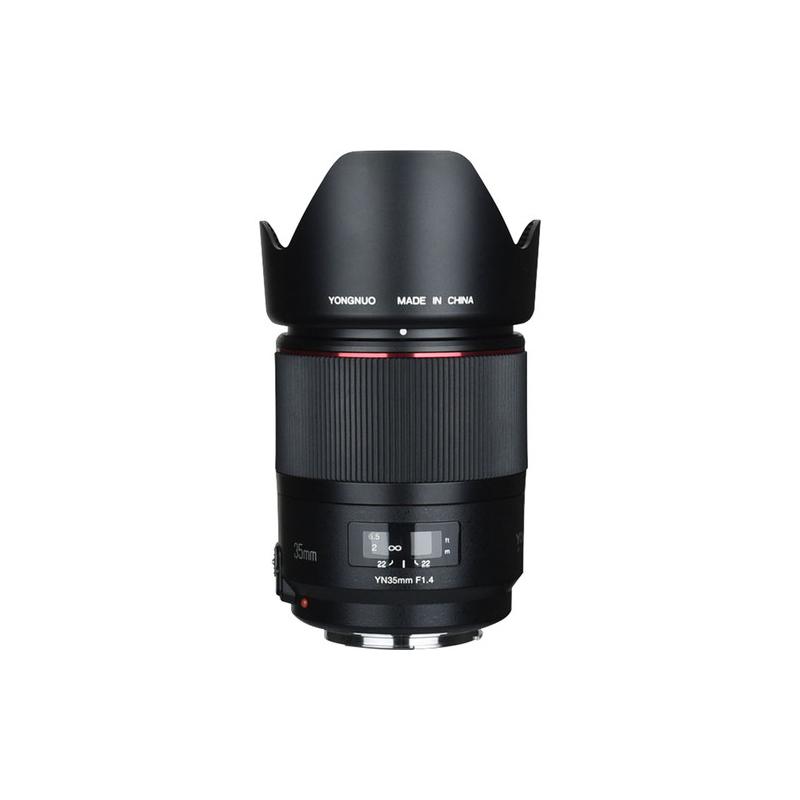





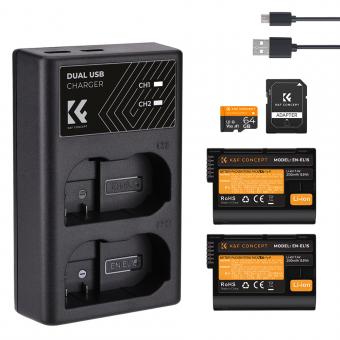
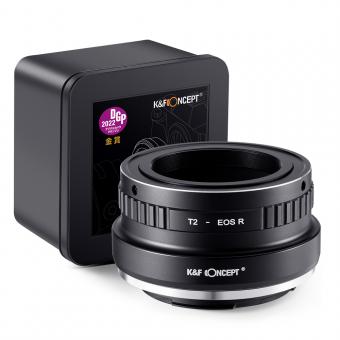

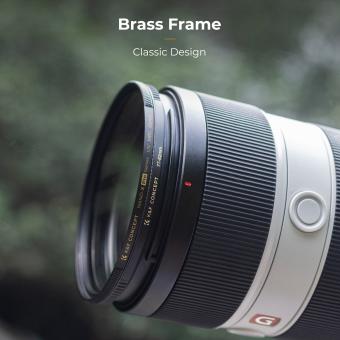



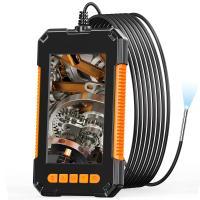

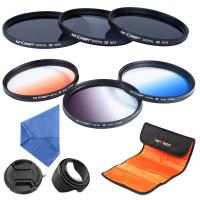
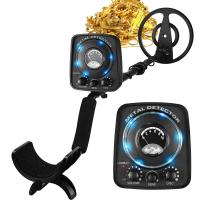
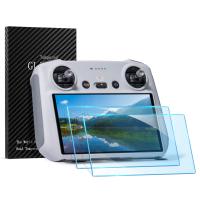


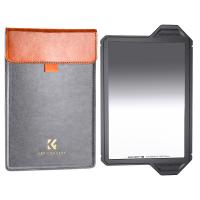

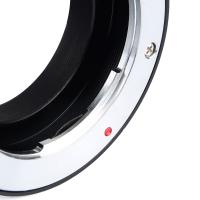

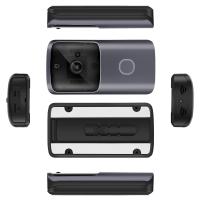

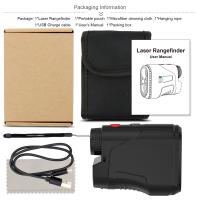
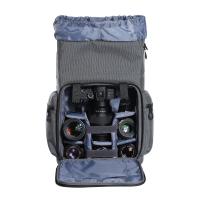
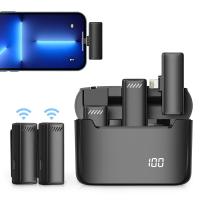



There are no comments for this blog.